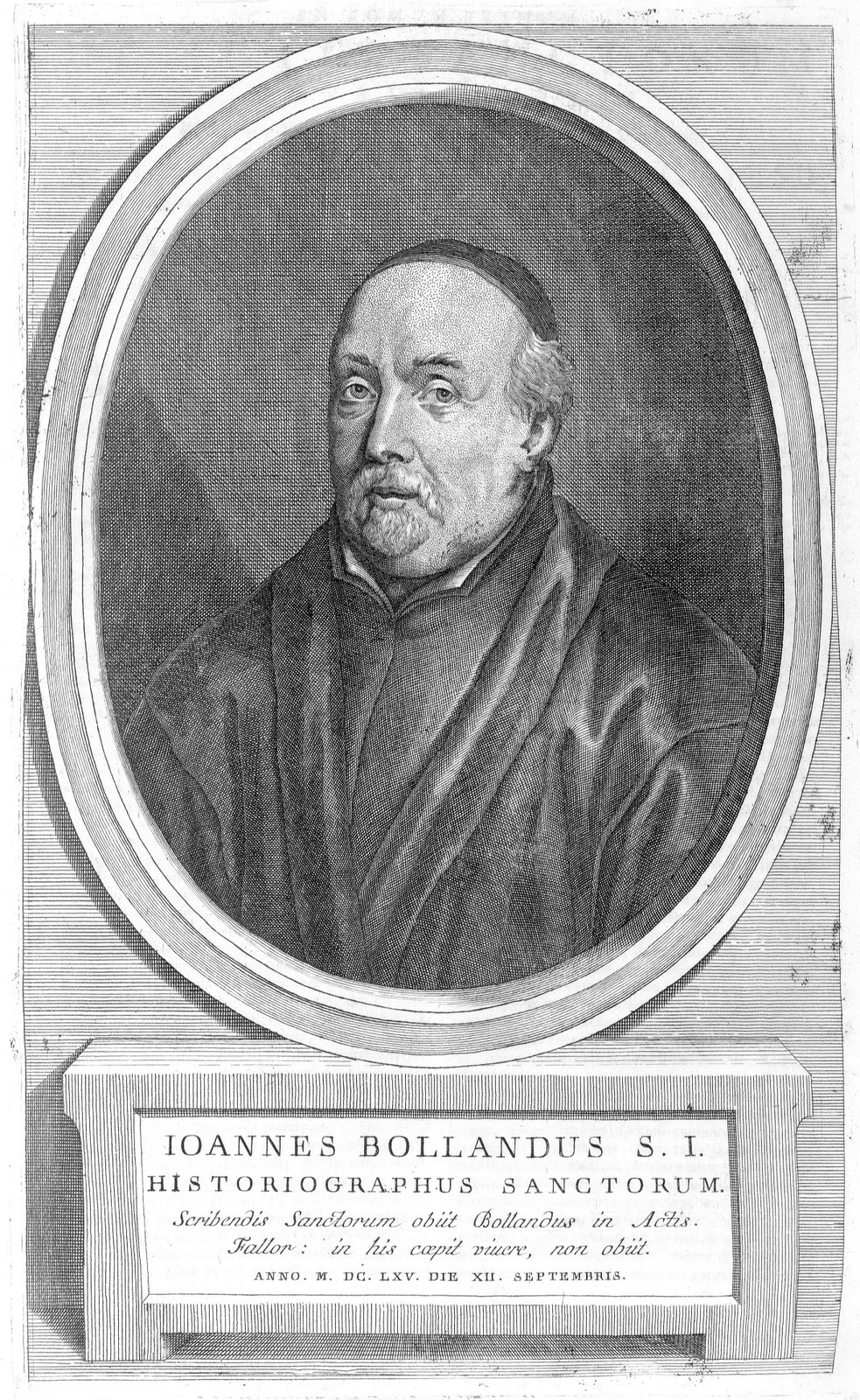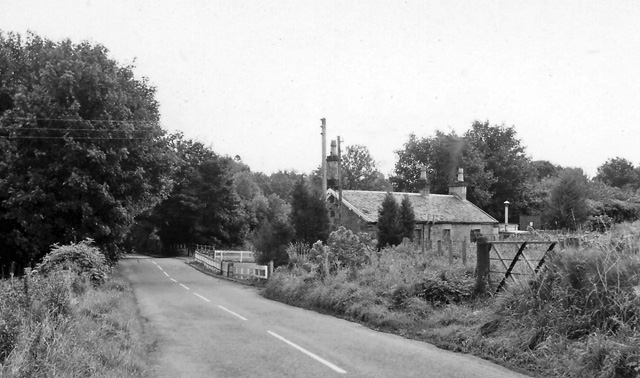|
Saint Blane
Saint Blane ( Old Irish ''Bláán'', died 590) was a bishop and confessor in Scotland, born on the Isle of Bute, date unknown; died 590. His feast is kept on 10 August. Late (medieval) Scottish texts relate that his mother was Irish and that Saint Cathan was her brother. It was Cathan who saw to Blane's education in Ireland under Saints Comgall and Kenneth. Blane became a monk, went to Scotland, and was eventually bishop among the Picts. Several miracles are related to him, among them the restoration of a dead boy to life. The Aberdeen Breviary gives these and other details of the saint's life, which are rejected, however, by the Bollandists. There can be no doubt that devotion to St Blane was, from early times, popular in Scotland. There was a church of St Blane in Dumfries and another at Kilblane. In Greenock, the place name Kilblain is thought to refer to a cell or chapel of St Blane. There is a well in the strath, or valley, called Blane's Well and also a place ... [...More Info...] [...Related Items...] OR: [Wikipedia] [Google] [Baidu] |
Scottish Episcopal Church
The Scottish Episcopal Church ( gd, Eaglais Easbaigeach na h-Alba; sco, Scots Episcopal(ian) Kirk) is the ecclesiastical province of the Anglican Communion in Scotland. A continuation of the Church of Scotland as intended by King James VI, and as it was from the Restoration of King Charles II to the re-establishment of Presbyterianism in Scotland following the Glorious Revolution, it recognises the archbishop of Canterbury as president of the Anglican Instruments of Communion, but without jurisdiction in Scotland ''per se''. This close relationship results from the unique history of the Scottish Episcopal Church. Scotland's third largest church, the Scottish Episcopal Church has 303 local congregations. In terms of official membership, Episcopalians today constitute well under 1 per cent of the population of Scotland, making them considerably smaller than the Church of Scotland. The membership of the church in 2019 was 27,585, of whom 19,784 were communicant members. Weekly att ... [...More Info...] [...Related Items...] OR: [Wikipedia] [Google] [Baidu] |
Bollandists
The Bollandist Society ( la, Societas Bollandistarum french: Société des Bollandistes) are an association of scholars, philologists, and historians (originally all Jesuits, but now including non-Jesuits) who since the early seventeenth century have studied hagiography and the cult of the saints in Christianity. Their most important publication has been the ''Acta Sanctorum'' (The Lives of the Saints). They are named after the Flemish Jesuit Jean Bollandus (1596–1665). ''Acta Sanctorum'' The idea of the ''Acta Sanctorum'' was first conceived by the Dutch Jesuit Heribert Rosweyde (1569–1629), who was a lecturer at the Jesuit college of Douai. Rosweyde used his leisure time to collect information about the lives of the saints. His principal work, the 1615 ''Vitae Patrum'', became the foundation of the ''Acta Sanctorum''. Rosweyde contracted a contagious disease while ministering to a dying man, and died himself on October 5, 1629, at the age of sixty. Father Jean Bollandus wa ... [...More Info...] [...Related Items...] OR: [Wikipedia] [Google] [Baidu] |
History Of Stirling (council Area)
Stirling (; sco, Stirlin; gd, Sruighlea ) is a city in central Scotland, northeast of Glasgow and north-west of Edinburgh. The market town, surrounded by rich farmland, grew up connecting the royal citadel, the medieval old town with its merchants and tradesmen, the Old Bridge and the port. Located on the River Forth, Stirling is the administrative centre for the Stirling council area, and is traditionally the county town of Stirlingshire. Proverbially it is the strategically important "Gateway to the Highlands". It has been said that "Stirling, like a huge brooch clasps Highlands and Lowlands together". Similarly "he who holds Stirling, holds Scotland" is often quoted. Stirling's key position as the lowest bridging point of the River Forth before it broadens towards the Firth of Forth made it a focal point for travel north or south. When Stirling was temporarily under Anglo-Saxon sway, according to a 9th-century legend, it was attacked by Danish invaders. The sound of a w ... [...More Info...] [...Related Items...] OR: [Wikipedia] [Google] [Baidu] |
History Of Argyll And Bute
History (derived ) is the systematic study and the documentation of the human activity. The time period of event before the History of writing#Inventions of writing, invention of writing systems is considered prehistory. "History" is an umbrella term comprising past events as well as the memory, discovery, collection, organization, presentation, and interpretation of these events. Historians seek knowledge of the past using historical sources such as written documents, oral accounts, art and material artifacts, and ecological markers. History is not complete and still has debatable mysteries. History is also an Discipline (academia), academic discipline which uses narrative to describe, examine, question, and analyze past events, and investigate their patterns of cause and effect. Historians often debate which narrative best explains an event, as well as the significance of different causes and effects. Historians also debate the historiography, nature of history as an end in ... [...More Info...] [...Related Items...] OR: [Wikipedia] [Google] [Baidu] |
590 Deaths
59 may refer to: * 59 (number) * one of the years 59 BC, AD 59, 1959, 2059 * ''59'' (album), by Puffy AmiYumi * 59 (golf), a round of 59 in golf * "Fifty Nine", a song by Karma to Burn from the album ''Arch Stanton ''Arch Stanton'' is the sixth studio album by the instrumental stoner rock band Karma to Burn. It was released on August 18, 2014 by FABA and Deepdive Records. The album will be reissued in 2023 by Heavy Psych Sounds Records. Unlike their previo ...'', 2014 * 59 Skipton–Harrogate, a bus route in England {{Numberdis ... [...More Info...] [...Related Items...] OR: [Wikipedia] [Google] [Baidu] |
Dunblane Cathedral
Dunblane Cathedral is the larger of the two Church of Scotland parish churches serving Dunblane, near the city of Stirling, in central Scotland. The lower half of the tower is pre- Romanesque from the 11th century, and was originally free-standing, with an upper part added in the 15th century. Most of the rest of the building is Gothic, from the 13th century. The building was restored by Rowand Anderson from 1889 to 1893. History The church is dedicated to the 6th century saint, St Blane, and this gives its name to the settlement: dunblane meaning hill of St Blane. The church also had an altar to St Laurence. The oldest surviving part of the church is the lower four storeys of the tower which date from around 1100AD. The upper two storeys of the tower date from around 1500. The cathedral was once the seat of the bishops of Dunblane (also sometimes called 'of Strathearn'), until the abolition of bishops after the Glorious Revolution in 1689. There are remains of the vaults of ... [...More Info...] [...Related Items...] OR: [Wikipedia] [Google] [Baidu] |
Dunblane
Dunblane (, gd, Dùn Bhlàthain) is a small town in the council area of Stirling in central Scotland, and inside the historic boundaries of the county of Perthshire. It is a commuter town, with many residents making use of good transport links to much of the Central Belt, including Glasgow and Edinburgh. Dunblane is built on the banks of the Allan Water (or River Allan), a tributary of the River Forth. Dunblane Cathedral is its most prominent landmark. Dunblane had a population of 8,114 at the 2001 census, which grew to 8,811 at the 2011 census; both of these figures were computed according to the 2010 definition of the locality. In mid-2016 it was estimated that the population had grown to 9,410. Origin of name The most popular theory for the derivation of the name "Dunblane" is that it means "fort of Blane", commemorating Saint Blane (or Blán in Old Irish), an early Christian saint who lived probably in the late 6th century. His main seat was originally Kingarth on the ... [...More Info...] [...Related Items...] OR: [Wikipedia] [Google] [Baidu] |
Dunagoil
Dunagoil is a vitrified fort or dun on the Isle of Bute – an Iron Age hill fort whose ramparts have been melted by intense heat. It stands on a volcanic headland and gives its name to the bay that it overlooks. Like other places, such as Donegal, its name is from the Gaelic Gaelic is an adjective that means "pertaining to the Gaels". As a noun it refers to the group of languages spoken by the Gaels, or to any one of the languages individually. Gaelic languages are spoken in Ireland, Scotland, the Isle of Man, and Ca ... ''dún na gall'' – fort of the foreigners. References Citations Sources * * Hill forts in Scotland Scheduled Ancient Monuments in Argyll and Bute Isle of Bute {{Scotland-struct-stub ... [...More Info...] [...Related Items...] OR: [Wikipedia] [Google] [Baidu] |
Kingarth
Kingarth ( sga, Cenn Garad; gd, Ceann a' Gharaidh) is a historic village and parish on the Isle of Bute, off the coast of south-western Scotland. The village is within the parish of its own name, and is situated at the junction of the A844 and B881. In the Early Middle Ages it was the site of a monastery and bishopric and the cult centre of Saints Cathan and Bláán ( Anglicized: ''Blane''). St Blane's Church and monastery Located to the north of Kilchattan Bay, Kingarth was the central religious site for the Cenél Comgaill kindred of Dál Riata (after which Cowal is named), just as Lismore was for the Cenél Loairn and Iona for the Cenél nGabráin. It is close to the southern tip of the Isle of Bute, less than from the early historic hill-fort of "Little Dunagoil", which may have been the chief secular site of the kindred. The ruins of St Blane's Church are surprisingly extensive, situated in a sheltered hollow near the top of a south facing slope. The site has ... [...More Info...] [...Related Items...] OR: [Wikipedia] [Google] [Baidu] |
Strathblane
Strathblane ( gd, Strath Bhlàthain, ) is a village and parish in the registration county of Stirlingshire, situated in the southwestern part of the Stirling council area, in central Scotland. It lies at the foothills of the Campsie Fells and the Kilpatrick Hills on the Blane Water, north of Glasgow, east-southeast of Dumbarton, and southwest of Stirling. Strathblane is a dormitory village for Greater Glasgow, and has a total resident population of 1,811. Historically, Strathblane was the name of a parish in Stirlingshire which comprised three villages: Edenkill, Netherton and Mugdock. Mugdock was the ancient seat of the Earls of Lennox, and to the east of Strathblane lies the town of Lennoxtown. Blanefield is a settlement contiguous with Strathblane's northwestern fringe. To the west is the volcanic plug Dumgoyne, Glengoyne Distillery and the Trossachs National Park. The West Highland Way—a long-distance trail—passes close to the village. The Gaelic name ''Srath Bhlà ... [...More Info...] [...Related Items...] OR: [Wikipedia] [Google] [Baidu] |
Strath
A strath is a large valley, typically a river valley that is wide and shallow (as opposed to a glen, which is typically narrower and deep). Word and etymology An anglicisation of the Gaelic word ''srath'', it is one of many that have been absorbed into the English and Scots languages. It is commonly used in rural Scotland to describe a wide valley, even by non-Gaelic speakers. In Scottish place-names, ''Strath-'' is of Gaelic and Brittonic origin. ''Strath-'' names have the genesis with Gaelic ''srath'' meaning "broad-valley", as well as with the Cumbric and Pictish cognates (c.f. Welsh ''ystrad''). Gaelic ''srath'' is derived from Old Irish ''srath'', recorded as having meant "grassland". The modern Scottish Gaelic sense of "broad-valley", paralleling the meaning of Brittonic cognates, developed from substrate influence from Pictish. Toponymy It occurs in numerous place names within Scotland including Strathspey and Strathclyde. Internationally, many places with Scott ... [...More Info...] [...Related Items...] OR: [Wikipedia] [Google] [Baidu] |


.jpg)


